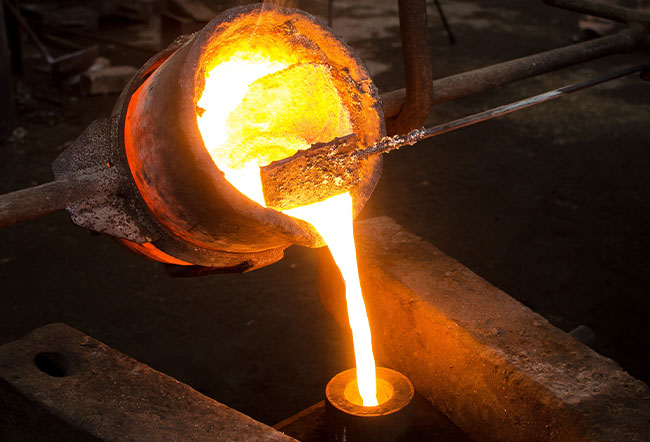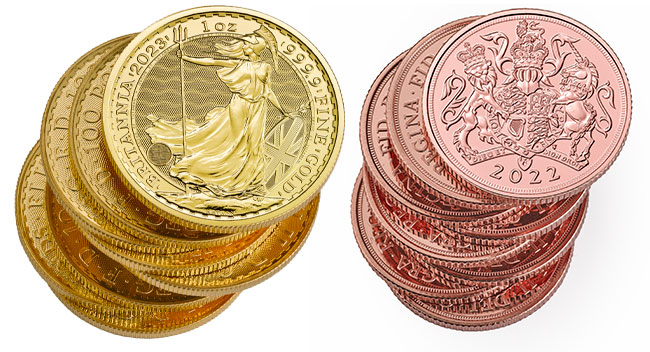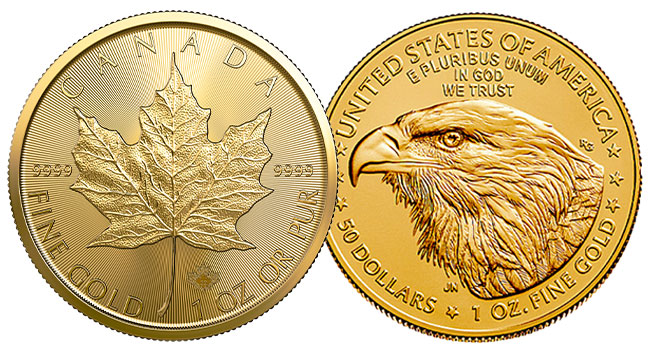
Many of us are familiar with the sight of shiny, high-quality gold coins, but how are they made and what does the production process entail? The process of manufacturing gold coins is known as minting which is complex and requires expertise, skills and experience. In this informative guide, we’ll explore the gold coin minting process in detail.
The history and significance of gold coins
Before we delve deeper, it’s important to understand and recognise the history and significance of gold coins. For centuries, coins have been a symbol of wealth and success. Today, they remain a popular investment option, but collecting gold coins isn’t just a means of making money. Gold coins are symbolic and they are often made to commemorate or mark historic events and occasions. For many collectors and history enthusiasts, the aesthetic and design of the coin and the history of gold coins are as important as their value.
The gold coin minting process: What does it involve?
There are multiple stages involved in making gold coins. These include:
- Refining: this phase is all about preparing the metal to facilitate fast, effective minting.
- Design, engraving and prototyping: coin design and engraving make gold coins unique and special. Once the gold has been refined and a design has been agreed upon, the next step is to make a prototype and create a die. It can take several years to approve a design and get to the stage of prototyping. The process involves making a giant clay model and then a plaster cast, which is then reduced to create the master version. The master version is made from steel and it can be embossed or engraved.
- Creating the die and striking the coins: from the master, several punches are made to make dies. The dies are then pressed into refined gold discs to create the coins. The process of pressing images into the coin is known as striking. This can be done at high volume and high speed using advanced machinery. Some presses strike up to 400 coins per minute. Bullion coins are struck once while proof coins, which tend to be more intricate and valuable, are struck multiple times to produce and enhance fine detailing.
- Finishing: coin presses use different striking methods to create a specific finish in line with the individual design.
Materials and equipment used in gold coin production
Coin production methods have advanced and evolved due to technological developments but the aim of the process remains the same: to create stunning, high-quality gold coins.

The materials used to make gold coins depend on the purity of the gold. Most gold coins are not 100% pure gold. Gold Britannia and gold Sovereign coins are popular among collectors due to their purity and quality. Britannia coins are 24-carat gold while Sovereign coins are 22-carat gold. When collecting gold coins, it’s always essential to check and verify the carat value, as well as the design and history of the coin. Gold coins that have a lower carat value usually contain a mixture of gold and copper.
Modern minting machines and presses work much faster than traditional processes and they also create tougher, stronger coins. This is important because traditionally, pure gold coins were much softer than coins that contained more copper.
The minting process requires precision and the use of specialist equipment and machinery. A furnace is used to melt the gold to form billets, which are then rolled into sheets, which later become discs. The golden discs, called blanks, are taken to the press by a conveyor belt to increase speed and efficiency. Machines that generate powerful air pressure push the blanks into collars. The die then presses down on both sides of the coin to imprint the design.
The Royal Mint produces more than 3.3 billion coins and blanks for use in over 30 countries.
Notable gold coin designs
The most collectable and sought-after gold coins are often designs, which celebrate or mark special events and occasions, for example, the late Queen’s Diamond and Platinum Jubilee celebrations. Outside of the UK, examples of famous gold coins include the United States Saint-Gaudens Double Eagle and the Canadian Gold Maple Leaf. Talented artists and designers are charged with creating spectacular designs, which must be approved before the minting process begins.

Summary
The minting process covers everything from designing a brand-new coin to inspecting and polishing the finished product. This complex process requires expertise, training, experience, creativity and an eye for detail. The most sought-after gold coins represent the very best in quality and craftsmanship.


















